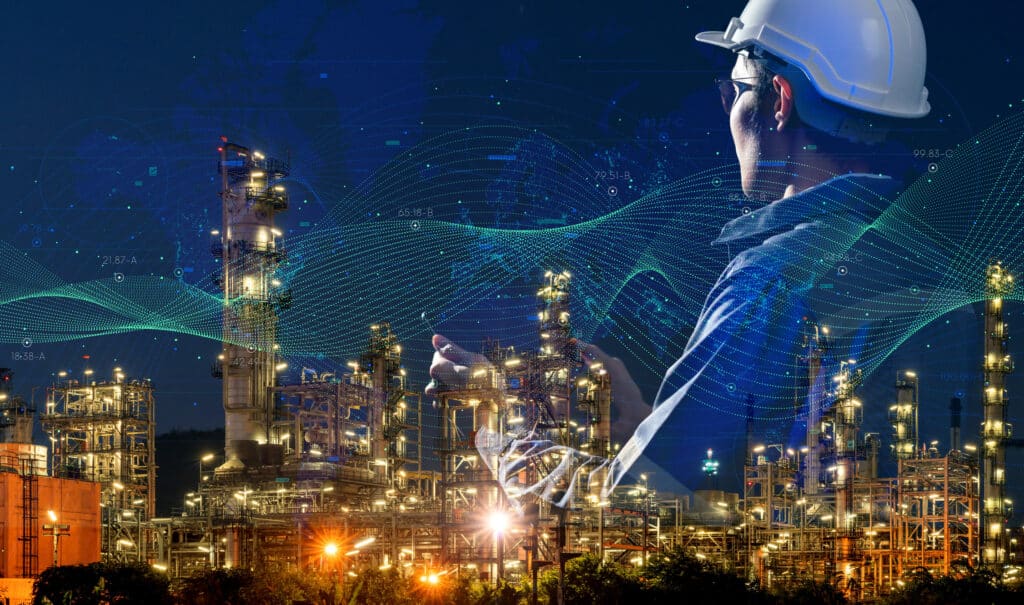The rise of artificial intelligence (AI) has been a game-changer in various industries, from healthcare to finance, but its impact on the energy sector is becoming equally transformative.
As data centers expand to accommodate the massive processing demands of AI technologies, the U.S. is witnessing an unexpected resurgence in gas-fired power plants to meet these growing energy needs.
AI applications require vast amounts of computing power, particularly in machine learning, big data analytics, and real-time decision-making. Data centers that support these functions are some of the most energy-intensive facilities in operation today.
To keep up with the demand, power grids must deliver a reliable and scalable energy supply. Gas-fired power plants, with their ability to provide on-demand electricity, have become crucial to ensuring the stability of the grid as AI technologies proliferate.
Natural gas power plants offer a key advantage: they can quickly ramp up production to meet the fluctuating needs of energy-hungry data centers. This flexibility is essential, as AI workloads can create sudden spikes in power consumption that renewable energy sources, such as wind and solar, may not be able to accommodate alone.
The resurgence of gas-fired plants reflects the evolving relationship between technology and energy. As AI continues to shape industries and influence daily life, the energy grid must adapt to these new demands. While the focus remains on increasing the share of renewable energy, natural gas plays an integral role in ensuring that AI-driven innovation does not outpace the infrastructure supporting it.
This shift highlights the need for continued investment in both renewable energy and traditional power sources to build an energy ecosystem capable of supporting the future of AI.
For more details on this growing trend, read the full article from the Seattle Times here.

